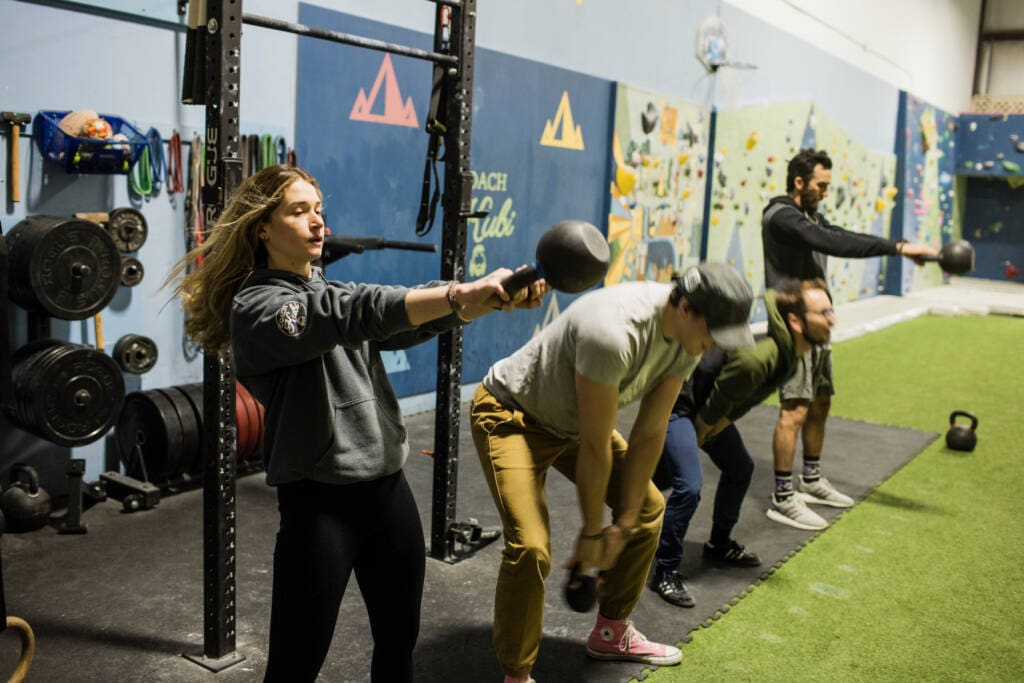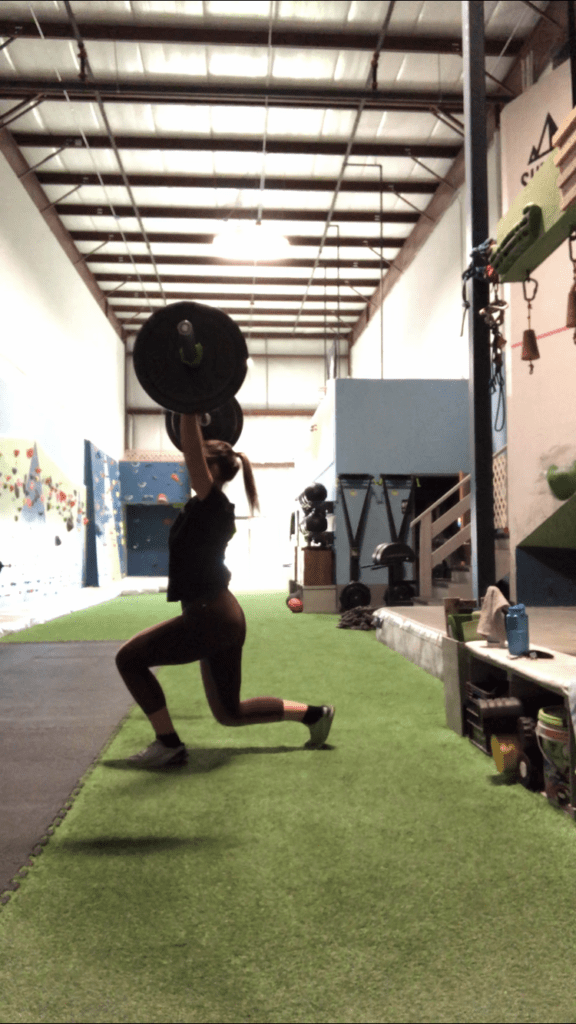When I started training, my motivation came from wanting to change how I looked. Like so many others, I walked into the gym with the hope of chiseling out a body that matched the images I’d seen on fitness accounts and magazine covers. Lean, toned, maybe even “shredded”—whatever that meant at the time. Little did I know that some exposure in the mountains would provide lifelong training lessons for me.
For a while, physique goals fueled me. I tracked everything I ate, measured my progress in mirror selfies, and chased the “perfect body” like it was the ultimate prize. And in some ways, it did feel good…empowering, even. But there was always this voice in the back of my head, finding the next insecurity or problem area that needed to be fixed.
Being fit and active certainly helped as I took on new hobbies as snowboarding, fly fishing, and rock climbing became an important focus in my mid-20s. I stayed fit, but after a day on the mountain, I quickly realized some muscles and skills still fell short of their potential.
Train with a Purpose

The first time I trained with a purpose beyond aesthetics was after my first trip to Mount Bohemia. I wasn’t worried about my body fat percentage—I was worried about whether my legs could withstand the lengthy challenging terrain, whether my knees could handle the quick turns between trees, rocks and creeks, and whether I could hike out of knee deep snow if I went a little too off piste in my search for fresh pow.
That trip broke me down and built me up in ways no fitness model inspiration ever had. And when I made it to the bottom, snow-covered with shaking legs, I felt something I’d never felt staring into a mirror: capable. When it comes to training lessons, this was major.
From there, everything shifted
I started snowboarding harder, longer days in deeper snow. I wanted legs that could handle the skin track and quads that wouldn’t give out halfway down a powder run. Training for stability and recovery—things I never cared about when my only goal was a lean midsection.
Rock climbing added a whole new layer. Suddenly, my goals weren’t reps or sets or size—they were about precision, body awareness, and problem-solving under pressure. It didn’t matter how “defined” my muscles looked if I couldn’t pull my body over a crux or trust my grip on tiny holds. Training for climbing humbled me. It made me appreciate strength in a completely different way.
Is Training about Physique or Performance

And through it all, I began to see that physique and performance don’t always align. Some of the strongest, most skilled mountain athletes I met didn’t look the part in a conventional gym sense. But they moved with purpose. They endured. They adapted. And they thrived in conditions where aesthetics meant nothing, and grit meant everything.
Now, when I train, I ask myself: Will this help me move better in the mountains? Will it help me stay out longer, go further, or have more fun?
Sometimes the answer still involves building muscle or dialing in nutrition. Other times, it’s about mobility, rest, or learning to listen to my body. The difference is that now, my training has a deeper purpose, and it feels like it belongs to me.

Training lessons after years of chasing both physique and skill:
There’s no singular right way to train. Only the right way for you.
If training for a certain look inspires you, that’s valid. Or if chasing strength and skill lights you up, that’s valid too. Maybe you want to deadlift heavy and look good in a tank top, that’s great! If your goal is to carry a heavy pack into the backcountry and feel strong while doing it—hell yes, chase that!
What matters most is that your training aligns with your values, your lifestyle, and your joy.
No matter if you’re in the gym for aesthetics or in there to build endurance, do what makes you feel alive. That’s where the real transformation happens, not just in your body, but in your whole being. Now, get out into the mountains or the outdoors and learn some training lessons of your own.

